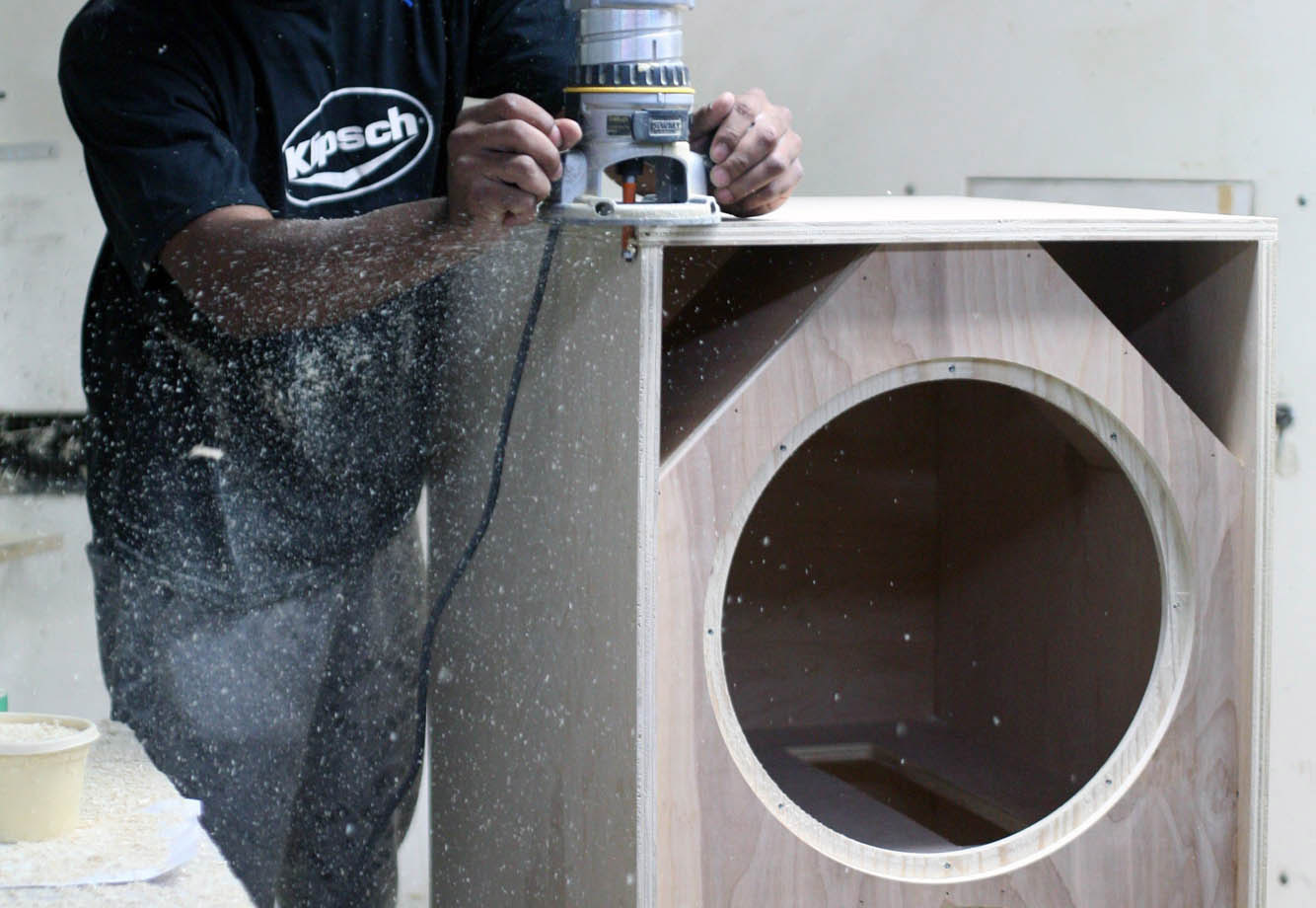Of Glass and Metal: The Baschet Brothers’ Workshop
From 1955 to 2015, French sonic pioneers François and Bernard Baschet revolutionised lute-making with their “acoustic synths” and dozens more innovative instruments
Our musical imagination is haunted by a host of mysterious instruments whose names and origins we struggle to remember. Whether we are fans of pop, film soundtracks, world music or the avant-garde, our attention is sometimes drawn to the ethereal tones and crystalline timbres of the theremin, the ondes Martenot, the glass harmonica or the glockenspiel; they bring magic, grace and depth to the melodies we hear.
The instruments which populate the vast family of the Baschet sonic structures – whose most famous product is without a doubt the Cristal Baschet – number among this remote yet highly familiar acoustic instrumentarium. You may have spotted the celestial Cristal at a concert or on TV, its glass stalks forming a keyboard, its vast metal panes acting as a resonator. But there are many more people who, without knowing it, have heard its aerial timbre or rather uncanny vibrations at the movies, on pop records or when listening to electroacoustic pieces.
In fact, many musicians have dreamt of running their fingers across the Cristal Baschet, the Tôle à Voix (Voice Sheet) or the Zagreb (amongst other inventions by the Baschet brothers). Yet perhaps they never really believed it would be possible, imagining that these rare and expensive instruments belonged to an elite group of collectors. In Paris, though, all one has to do is travel for little under half an hour from Austerlitz Station to the Baschet workshop to discover their incredible instruments, and try them out firsthand.


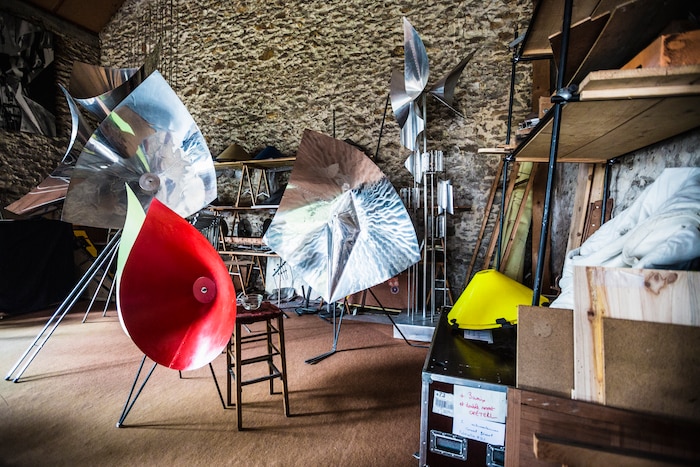
François and Bernard, who passed away in 2014 and 2015, respectively, built their workshop in the hayloft and stables of a former sheepfold in the village of St-Michel sur Orge. “Bernard, who came from the Landes, set up shop here in the ’70s to join his brother François, who was in charge of a workshop in Paris, in rue Jean de Beauvais,” explains Brigitte Touiller, president of the Structures Sonores Baschet Association, which aims to preserve the heritage of these two artists and inventors. “This place was used as a manufacturing workshop, a showroom, a studio and a space where many musicians and children on class visits were welcomed. Without forgetting all the non-musicians who have been kind enough to pay us a visit,” she adds, with a wide grin. “It was, and still is, a place where people never cease to file past, seven days a week, 24 hours a day,” she concludes, laughing.
When you enter the hayloft, you are immediately struck by the beauty of the imposing collection of instruments before you. Lit up by daylight filtering through an atrium, the resonators of the Baschet sound structures – some made from metal with silvery grey reflections, others from glass fibre with their bright primary colours – compose a kinetic landscape of tint and form reminiscent of Jean Tinguely’s constructions or Alexander Calder’s mobiles. Yet we are faraway from the plush, muffled atmosphere of a contemporary art museum, and the workshop is a haven of activity. Three students are initiating a session of discovery and improvisation, their exclamations mingling with the melodies and stridencies of the instruments.


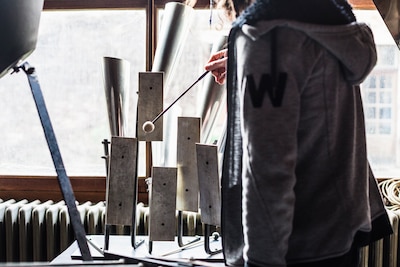
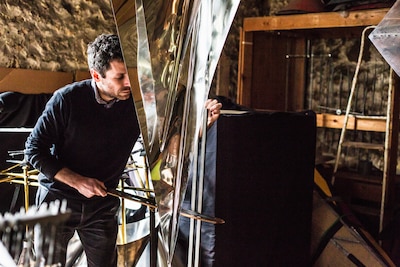

We are here to meet Jonathan Fitoussi, a regular at the workshop and friend of the late Bernard Baschet. The Parisian composer guides us towards a model of a Cristal Baschet that he encourages us to try out. “For the instrument to work, you have to wet your fingers properly,” he advises, pointing to the glass keys which, upon contact with the player, allow the structure to vibrate and emit sound. “It’s hyper sensitive,” he adds, whispering, as if trying to dissolve his voice and combine it with the delicate harmonics escaping from the Cristal. “Bernard wanted to recreate electronic sounds, but using acoustic means. When we first met, he declared: ‘We are the ecologists of contemporary sound.’ I thought that was pretty neat.”
If you peruse Fitoussi’s discography, you can hear the percussion of the Baschet instrumentarium (a series of fourteen pieces) on his album Immersion, while the Cristal itself rings out on the soundtrack he composed for Mutant Stage 8 a short film by Xavier Veilhan. “I mainly use it to generate layers of sound, often combined with electronics,” the composer says. “This sound is quite pure – it remains crystalline and ethereal – but at the same time it can be propelled towards harsher realms. We can make all the resonance of the metal ring out.”
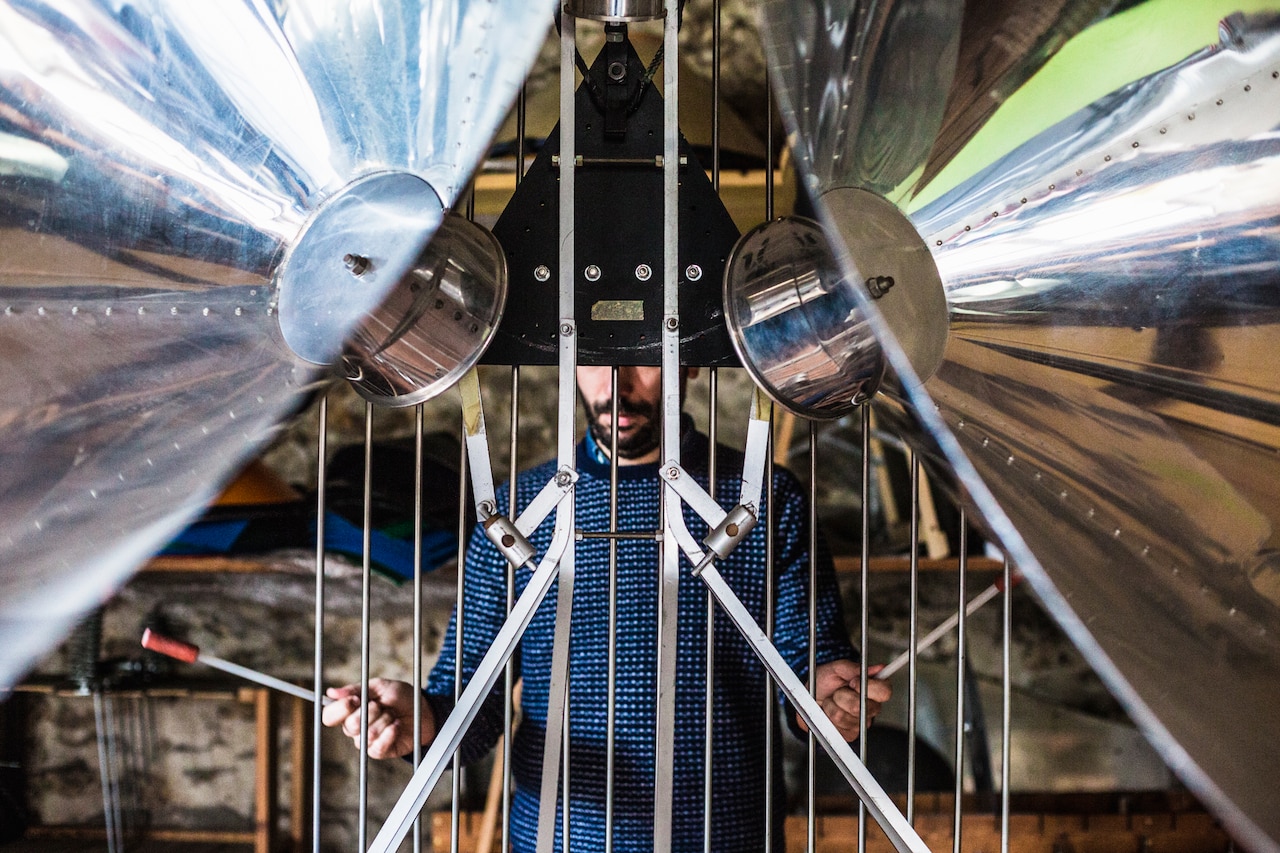
Sylvain Quément, from the duo Gangpol Und Mit, and Stéphane Laporte AKA Domotic are two musicians who grew up in an electronic scene strongly inspired by indie pop, and they are currently working with Baschet instruments. “Despite the intimidating aspect of the workshop, especially when you walk in for the first time, and the imposing appearance of the instruments,” says Domotic, “it is very easy to get something out of them, to make them resonate. In fact, the Baschet brothers created these very convivial tools and devices, destined for musicians and non-musicians alike, ones which let you feel the pleasure of timbre and sound, and an almost childlike joy of cause and effect, far beyond all notion of composition. This is a simple relationship of movement and listening, a kind of dialogue with the instrument. We can rekindle all the expressivity that is lost in our work on the computer, in a home studio.”
“It’s true that these structures can be played in an absolutely amateur fashion,” chimes in Sylvain AKA Gangpol. “They develop material. You can limit yourself to one sound and explore its texture, adopt the position of the listener with a potentially very minimal approach. It’s totally anti-technique. But of course, these are also instruments which allow for a more elaborate approach. When great musicians like Michel Deneuve play the works of Bach on a Cristal, it is a truly impressive performance. They can also produce great music.”
The Baschet instruments, starting with the Cristal (the only one which is tempered and whose tessiture can reach five octaves), have several virtuoso interpreters and composers throughout the world. There are the pioneers of the genre such as Jacques, Teddy and Yvonne Lasry, whose work goes back to the ’60s, but there are also younger “Cristallists” like Michel Deneuve, Catherine Brisset and Thomas Bloch, who bring their talent, style of play and expressivity to many projects, from pop to contemporary classical music.
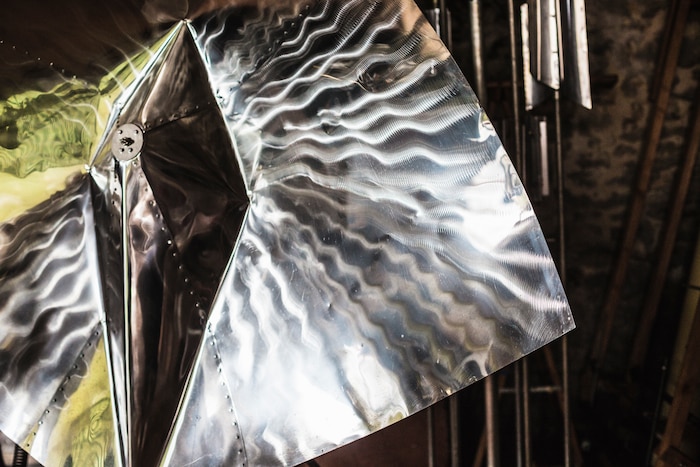

Since the ’60s, a handful of highbrow composers have written for the Cristal and incorporated it in orchestral scores – Marcel Landowski, Horatiu Radulescu, Tōru Takemitsu and Bruno Giner, amongst others. Yet as Gangpol reminds us, the Cristal has also made numerous appearances on children’s records such as Piccolo & Saxo à Music City by André Popp, where it shares space with the Mellotron, the ondes Martenot and the synthesizer: “Thanks to its resonance, its contour and sonic world which possesses a very gentle initial approach, the Cristal provides the perfect background for voice and narration, especially for fairy tales. It’s for the very same reasons that it is sometimes heard in films. The moods it creates fit seamlessly with sound effects and dialogues; it is present yet discreet.”
One composer and musician in particular has allowed our imaginations to retain the unmistakable timbre of the Cristal – Cliff Martinez, an American who is well known across the globe thanks to his wonderful scores, combining electronic and acoustic elements, composed for the films of directors like Steven Soderbergh and Nicolas Winding Refn. Martinez has never ceased to be obsessed by the Cristal since he discovered the instrument during an exhibition at New York’s Museum of Modern Art in 1965, when he was just a child. Its floating timbres influenced the score of Solaris, his first big success in the film world, but Martinez only really began to use the instrument at a later date, as witnessed by the magnificent whirls of sound and metallic vibrations in the famous score of Drive, as well as that of Spy(ies) and the Cinemax series The Knick. The young Cliff was able to discover the Cristal Baschet at the MoMA because these musical instruments, along with the sonic sculptures created by François and Bernard, generated significant interest in the world of contemporary art and avant-garde music all through the ’60s.
Born into a bourgeois home, François and Bernard Baschet came of age in Paris between the wars. They grew up in a family passionate about music, where each member played the piano, although François seemed the more artistic of the two at first glance. An active member of the French Resistance during World War II, as well as an officer in the post-war secret services of Charles De Gaulle, he was demobilized in 1952. Back in Paris, he studied sculpture alongside Emmanuel Auricoste and Hubert Yencesse while working nights as a guitarist and singer, playing the hits of the era in Left Bank cabarets before enjoying moderate international success in the world of music-hall.
Bernard, the eldest by three years, never learned to read music but was fascinated by sound and became an engineer. From 1950 onwards, he became a fan of the innovations of Pierre Schaeffer’s musique concrète, whose theories and works created alongside Pierre Henry, seemed, in his opinion, to revolutionize the way we approach sonic phenomena and the world of music. In fact, he worked alongside Schaeffer from 1965 to 1967 as a member of the GRM (Musical Research Group) on the elaboration of what was to become Schaeffer’s Traité des objets musicaux (Treaty of Musical Objects).
Of the two brothers, Bernard was the more scientific – the director, the visionary and the theoretician. François, more inclined towards poetry and revelry, saw himself more as a sculptor, and it was him who would give fantastic forms to the instruments the two manufactured throughout their careers. In 1952, they gave birth to their first instrument, the Gonflandoline, a guitar whose echo chamber could be fashioned from a balloon – an ideal instrument to store in the suitcase of a musician on tour.
In 1955, bolstered by the modest success of this invention, the brothers busied themselves with research in the field of acoustics, convinced they could renew the field of lute-making, which, according to them, had not witnessed a genuine innovation since the apparition of the saxophone in the late 19th century. They then worked on the elaboration of an acoustic synthesizer of sorts, choosing to focus on the principle of “embedded vibrating stalks,” which set metallic parts in motion, elements which were amplified with the help of resonators.
“The sonic structures we have fashioned,” as described with great accuracy by Bernard Baschet in the journals of the Centre National d'Action Musicale in 1988, “are characterised by the existence of a relatively heavy metal component upon which the stalks, which are the vibrating elements, are secured. This heavy base acts as a receptacle for the sound. By adding elements, we can work on the timbre. These vibrations must then be transmitted through the air. We achieve this through the adjunction of metal, plastic or cardboard surfaces; each with their own properties.”
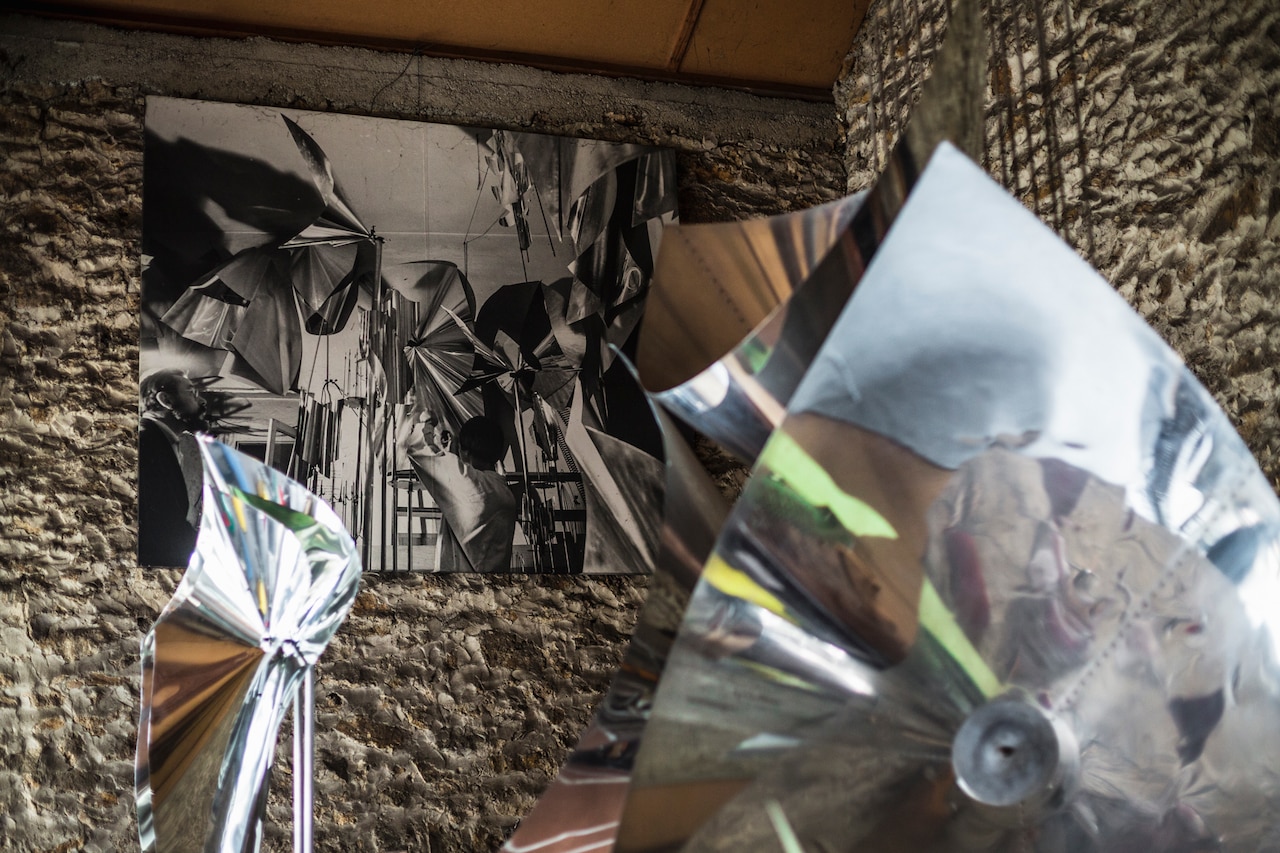
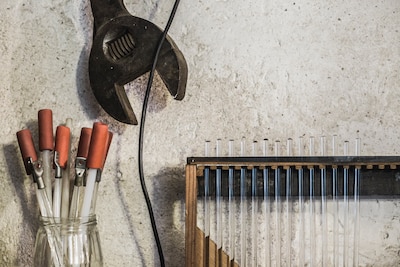
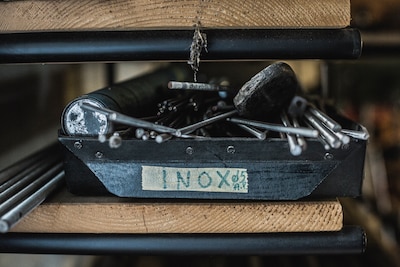
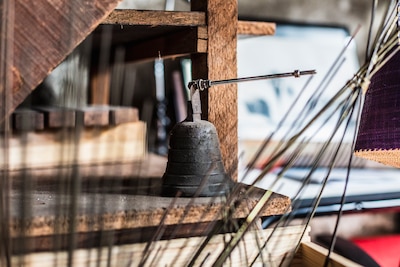
The first prototype of the future Cristal saw the light in 1955, before its live debut came two years later thanks to the ensemble the brothers formed with pianist and percussionist Jacques Lasry, formerly from the Milord L’Arsouille cabaret, along with his partner Yvonne, an organist. For a dozen odd years, under the name Structures Sonores Lasry-Baschet, they released a smattering of records composed by Jacques Lasry for Disques BAM, Arion or Président, toured throughout the world, appeared on The Ed Sullivan Show and composed part of the soundtrack for the film Le testament d’Orphée by Jean Cocteau.
Over the years, François and Bernard developed different models of instruments, percussion and sonic sculptures (numerous fountains, for example), without forgetting the design of objects fashioned from metal. Faced with the development of electronic instruments and techniques to modify recorded sound (on magnetic tape or in digital format), which they thought deprived musicians of their action and expressivity, the brothers aimed to manufacture tools which allowed the creation of new timbres while still highlighting, according to Bernard, “the sensitivity, delicateness and refinement of the interpreter.”
Besides the success of their structures and sculptures, the Baschet brothers were especially proud of their pedagogical work amongst deprived and handicapped children. “In the ’70s,” recalls Jonathan Fitoussi, “they went to work in the rougher neighbourhoods of Harlem, to set up workshops for the development and inclusion of ethnic minorities.” It is from this time onwards that they began to develop a range of instruments for children, something they definitively achieved in the ’80s with an instrumentarium made up of fourteen pieces, including la Tige Courbe (the Curved Stalk), le Ressort (the Spring), l’Étoile (the Start) and le Chandelier.
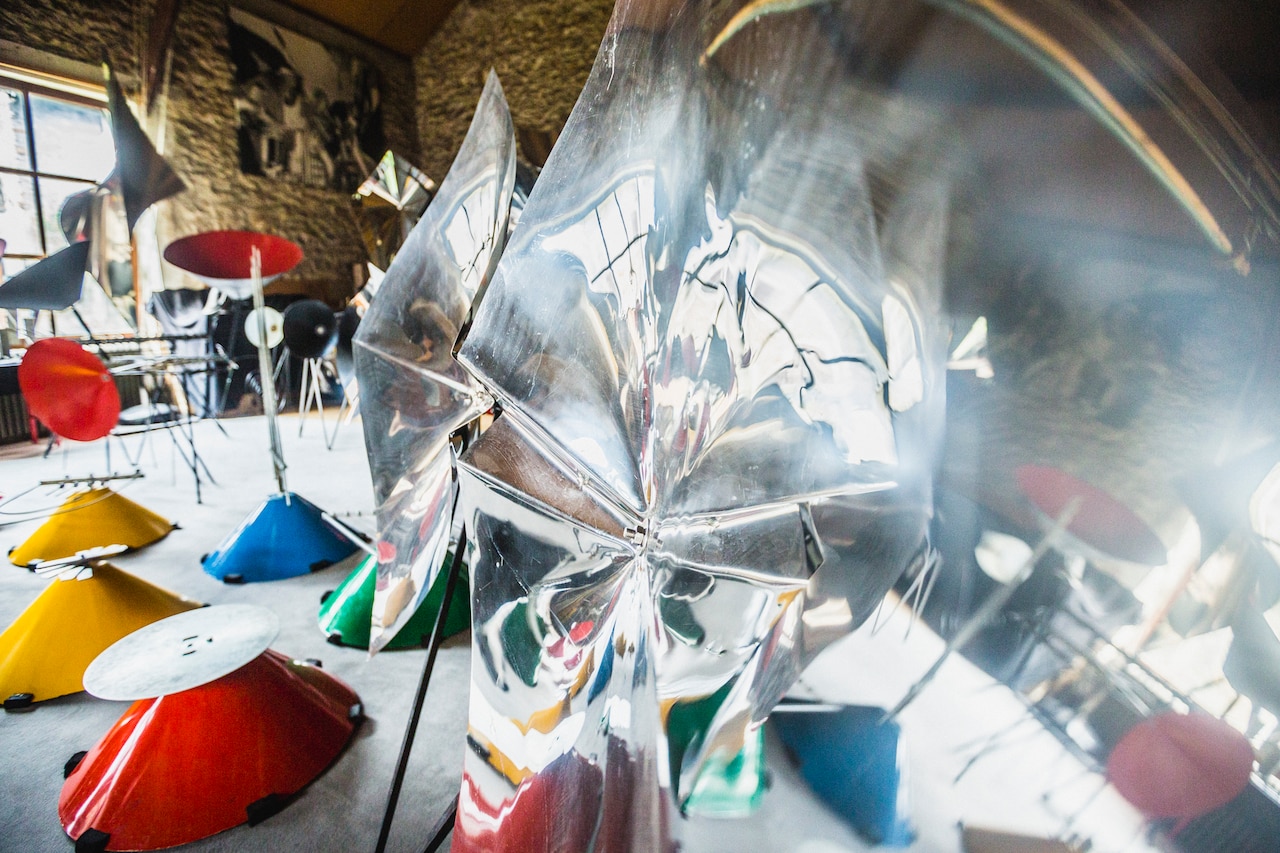
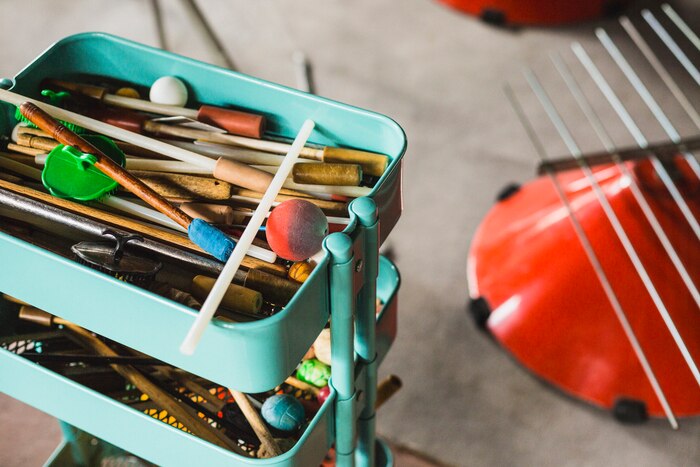
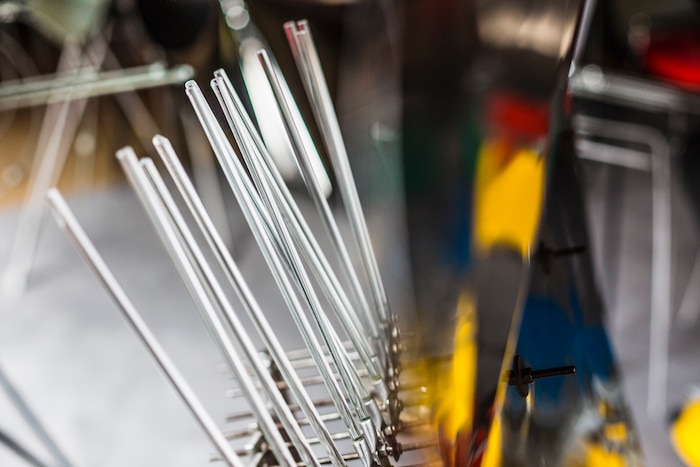

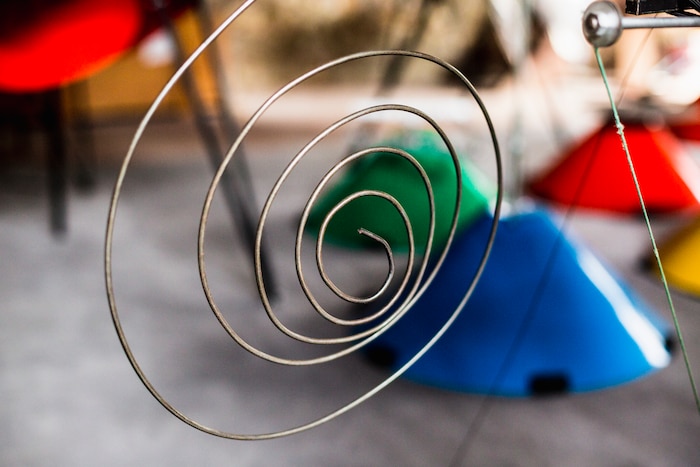
“The primary colours of each instrument echo this idea that you can compose your own sonic palette, a bit like in visual arts,” Fitoussi continues. “These are instruments that are positioned at ground level, so that children can use them sitting down. They allow for great freedom in the way they are played, and this means that children are never afraid to approach them and get to grips with them. Bernard did in fact consider this project as a form of revenge on the music theory he detested as a child.”
“Whether it is from a technical or an aesthetic point of view, the instrumentarium could be considered the synthesis and accomplishment of their life’s work,” continue Brigitte and Frédéric Fradet, who are both responsible for maintaining the brothers’ heritage in their work at the Structures Sonores Baschet Association. “The complexity of their inventions was concentrated and simplified in each of these instruments, which are now used every week by thousands of children, in our workshop and elsewhere”.
Whatever their age, social class or education, every kind of person is therefore welcome to visit this former sheepfold. “The work we do with kids, like these students today, must be fostered and allowed to thrive,” says Frédéric, as he listens to a few bars of the jam session just coming to an end a few yards away at the other end of the studio. “Electronic, avant-garde or pop musicians, as well as those who work in film, they all come here to play and record. Kindergartens, schools, music colleges and healthcare institutions regularly pay us a visit. This must stay a place of [musical] practice and residence. Our vocation is to give life to the works of the Baschet brothers, so that they are never forgotten, we continue to create instruments and welcome the public. In the end, the question here is to present work based upon participation, production and sharing sound, and in a nutshell, to discover sounds and the way we listen to them.”
Bernard Baschet, who would have turned a hundred this year, said he was fascinated by the great musicians of the 20th century such as Yehudi Menuhin or Ravi Shankar, who “thanks to the musical emotion that ran through their fingers […] translated a part of the human soul,” trying to reach “quality and accordance with one’s own self.” This is a way for human and instrument to come together, something the two brothers can pride themselves in having attempted to bring to the masses, all thanks to their instruments.

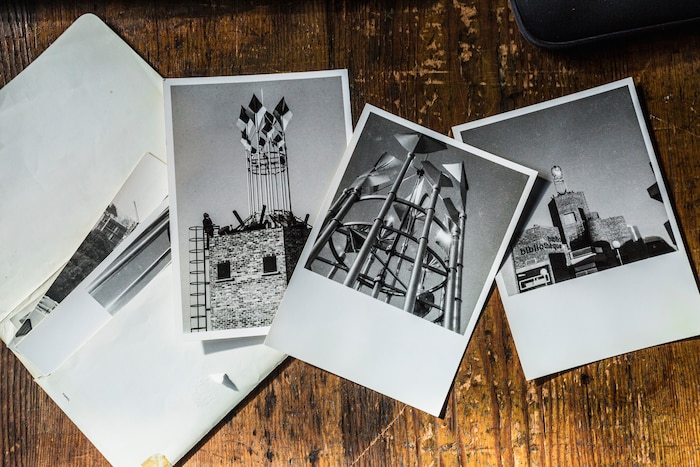
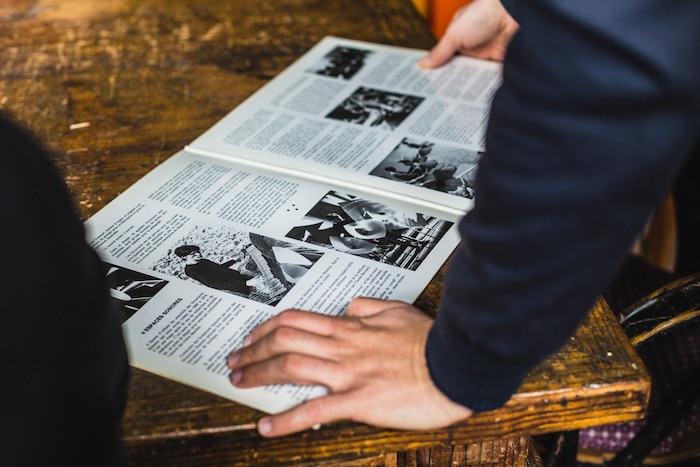
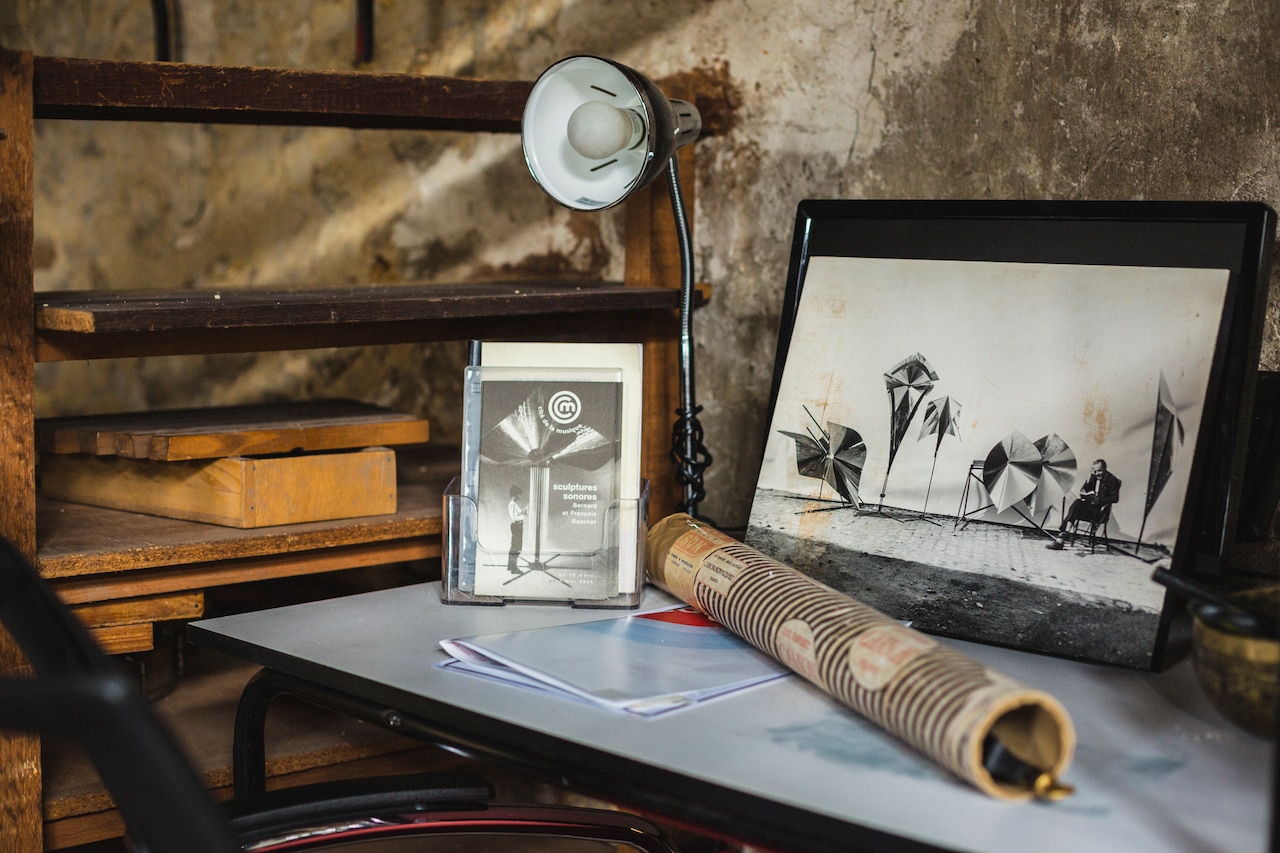
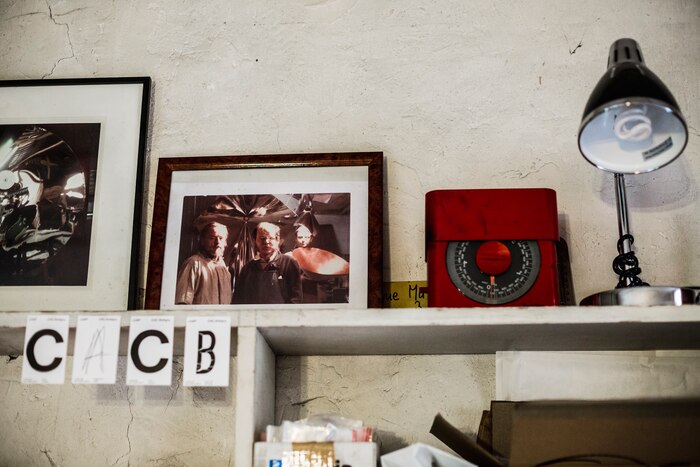
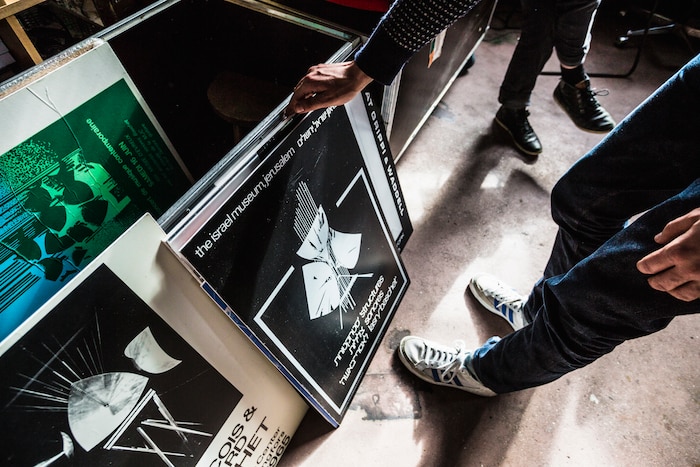
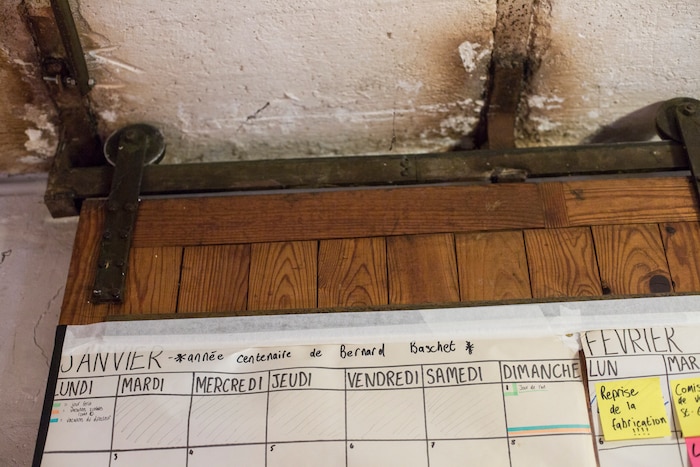
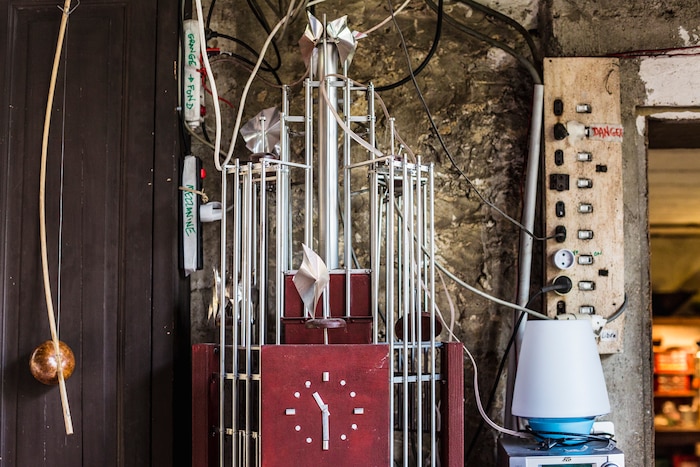
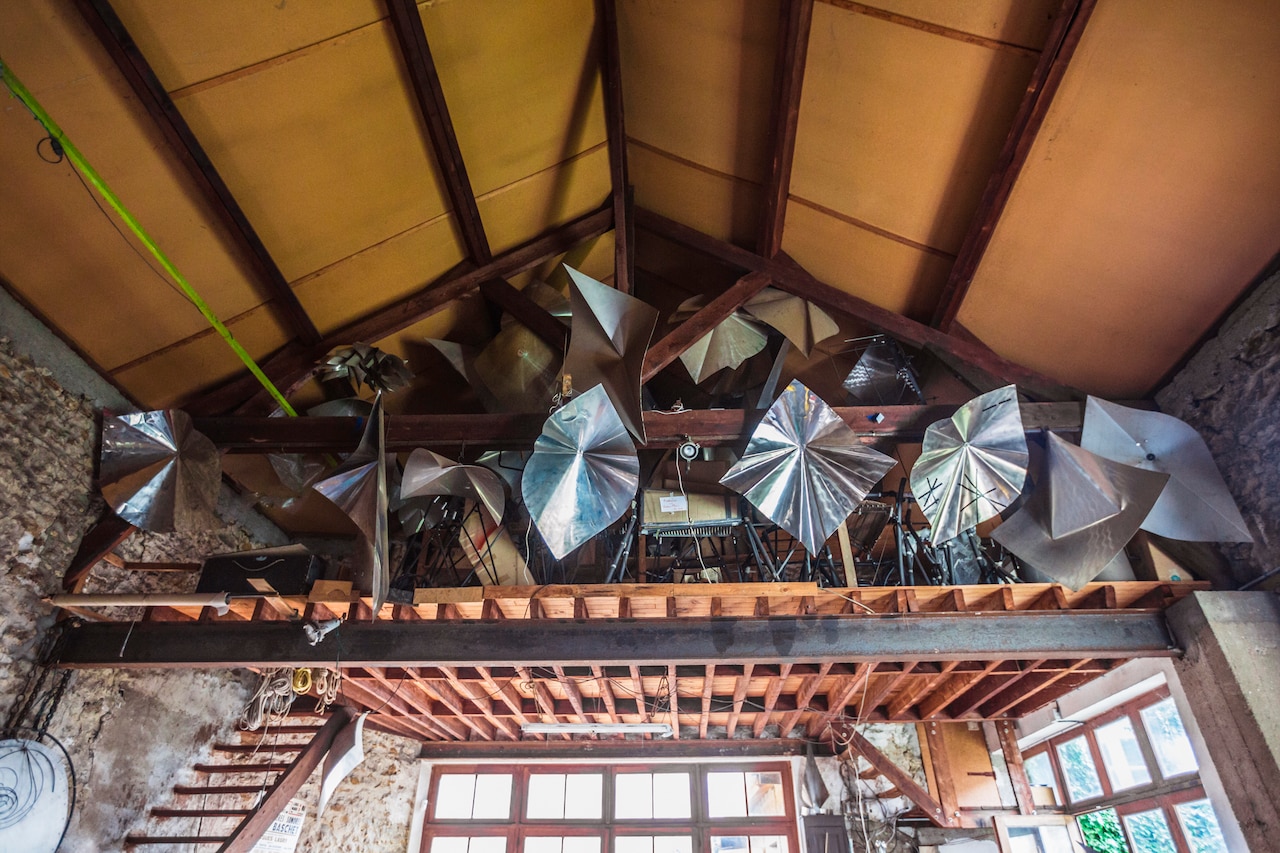
Header image © Sarah Bastin
